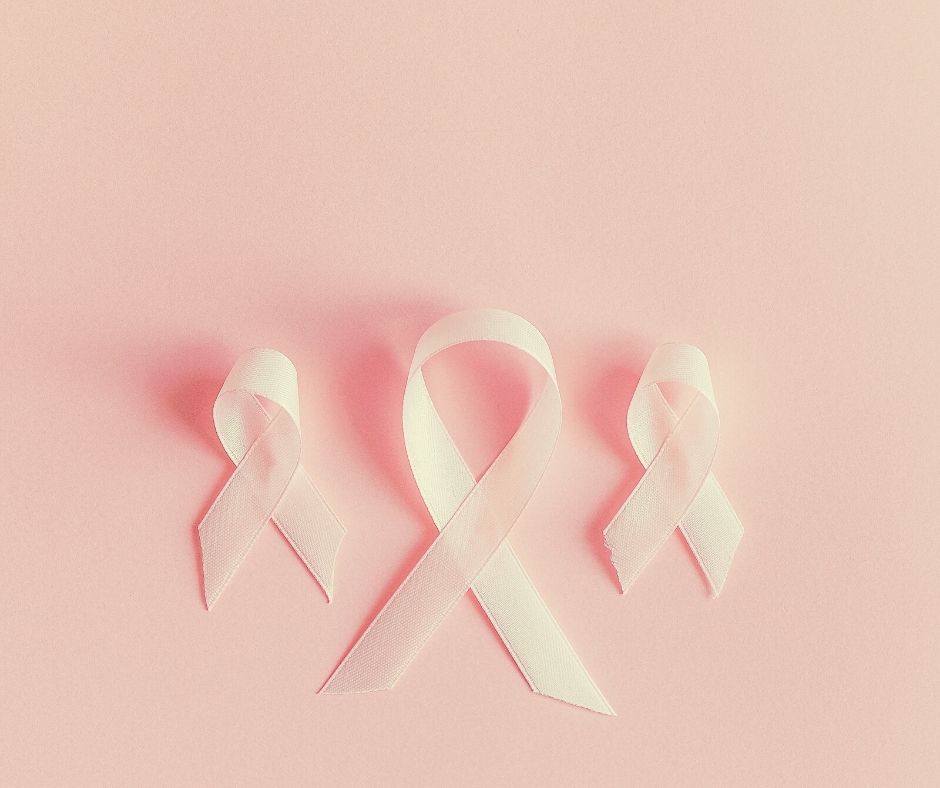
During my Junior year of high school, I worked at a restaurant part-time with a friend whose father was battling cancer.
After heading home from work with her mom one evening, they pulled into their garage to find her father dead; he hung himself in the garage.
They speculated on why; he was in so much pain, and the medical bills were astronomical; cancer was driving his family into debt, and he couldn’t take the pressure any longer.
While it is well documented that chronic illness and financial instability can lead to suicide, the question still remains how do you help someone like my schoolmate’s father?
Cancer patients are 4x more likely to commit suicide than non-cancer patients. The American Journal of Medicine study looked at an initially-estimated 9.5 million newly-diagnosed persons with cancer 50 years of age or older and found that a whopping “42.4% of individuals depleted their life assets 2 years following diagnosis, extending to 38.2% at 4 years following. Most vulnerable are those with certain socioeconomic class factors (such as my schoolmate’s family who immigrated to the states in the early 1990s and lived modestly at the time of her father’s death.
Something to think about this September as we drive awareness for suicide prevention.

